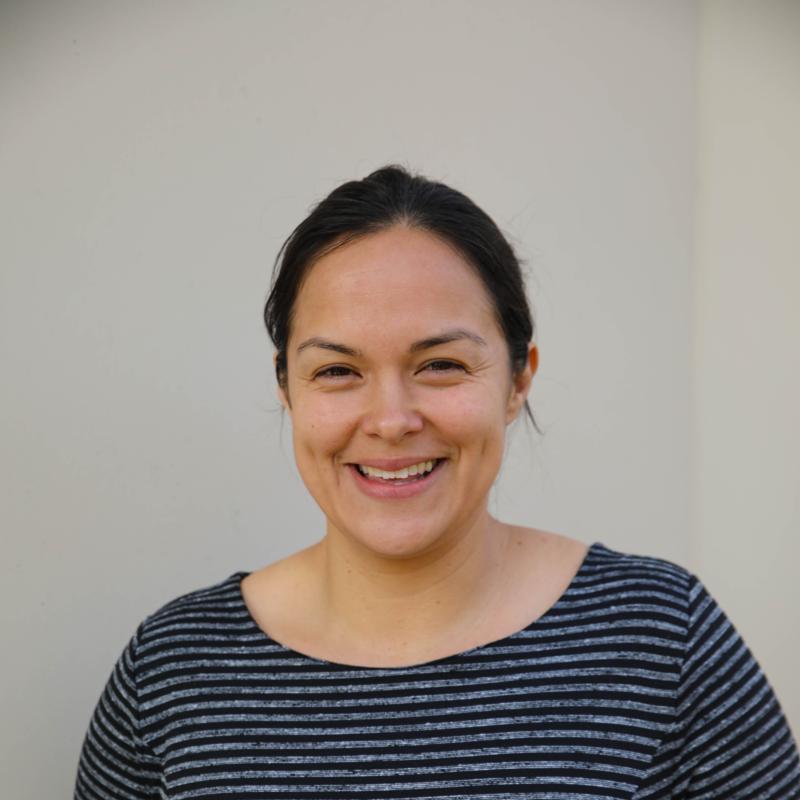Monica Lares
Chair and Professor

Contact
707-664- 3971
[email protected]
Faculty Research Site
Office
Darwin 315Office Hours
Advising Area
- A-C
Education
P.h.D. Chemistry, UCSC
B.S. Chemistry, Santa Clara University,
Research
This project centers around the plant, Opuntia ficus-indica (aka prickly pear and nopales), which is native to Mexico. This plant has long been a part of Mexican cuisine. It has been suggested that this plant can regulate blood glucose levels in diabetics and/or prevent diabetes.
Nopales have been shown to stabilize blood glucose levels in diabetics when consumed with a high carbohydrate breakfast (López-Romero, 2014). Nopales have also been used as a natural method to treat waste water (Nouj, 2021). We don’t quite understand either mechanism, but wonder if they are connected. Questions we have considered are:
Can nopales inhibit the breakdown of carbohydrates to glucose?
Can something in nopales (mucilage) bind glucose?
Do nopales increase the uptake of glucose? (via glucose transporters)?
Do nopales increase flux through the pathways in which glucose leaves the body?
Do nopales regulate blood glucose levels by a mechanism similar to diabetes drugs?
In working to understand how nopales work we realize we need to identify compounds found in nopales and understand the structures and mechanisms of anti-diabetic drugs. Our lab utilizes two assays to monitor glucose levels: an absorbance assay and a fluorescent assay. We also study glucose binding in mammalian cells.

